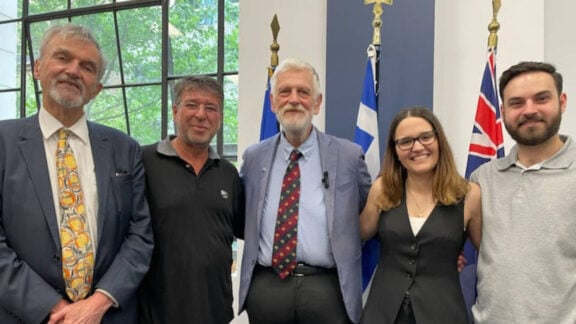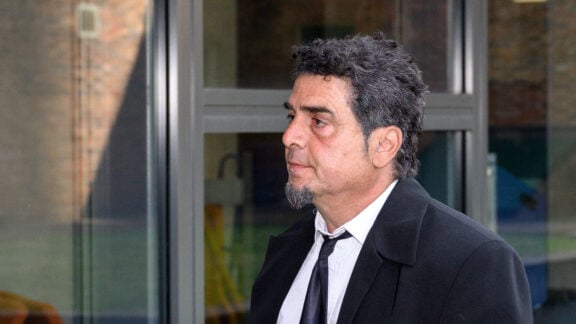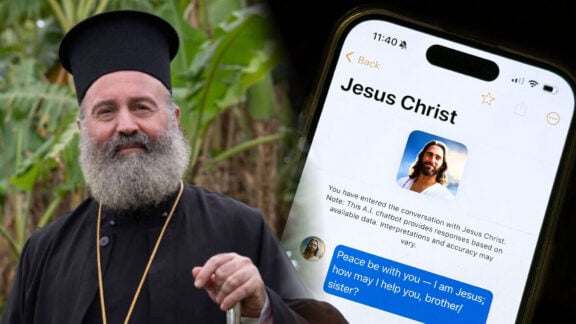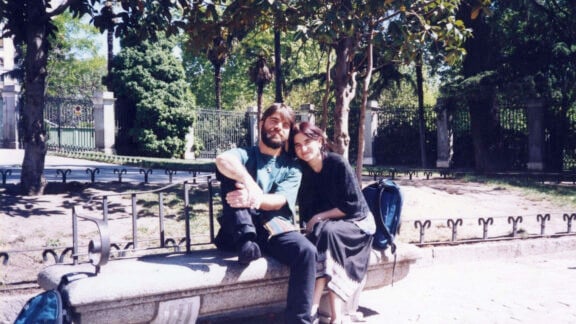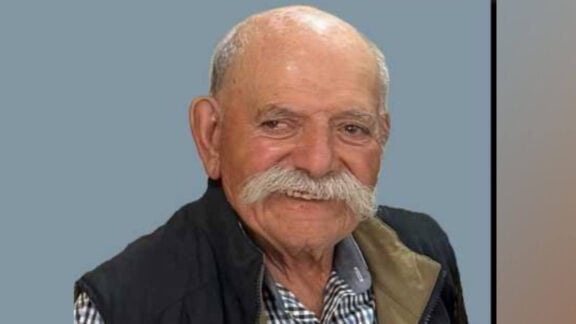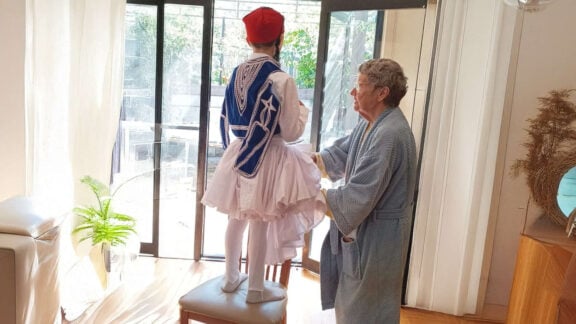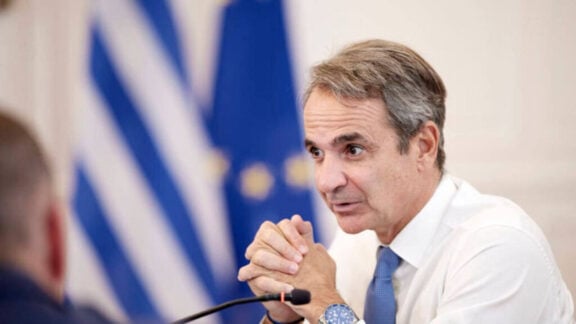The recent public debate about the 2014 Federal Government Budget to be tabled in Parliament today, or the asylum seekers debate over the past few years, are classic examples of attempting to define or to shape an issue by exclusion or by omission.
During the weeks leading up to this year’s Budget, the public discussion is focused upon the need for tough spending cuts in order to face the deficit. A deficit which is only a fraction of the deficits of other wealthy western countries. The public discussion omits to take into consideration the other side of the budget equation, the revenue and what needs to be done.
All these years, the dominant debate in Australia about asylum seekers does not take into consideration the international aspect of the issue. The fact that this country is not the only place in the world, as presented or as implied, that is the focus of asylum seekers or people smugglers. This is a worldwide phenomenon and other (relatively) wealthy and democratic countries of the globe are much more sought after.
These are not the only two examples that demonstrate the point that public discourse is always contested and defined by at least two opposing points of view. Something that we tend to forget in this country. Or, that Australia’s public debate and political confrontation is carried out in terms of considerable omissions and exclusions that leave out of the narrative important arguments and important aspects of the nation’s history.
While environmentally sensitive Australia, Aboriginal Australia, or feminist Australia, for example, are making progress in relation to enriching and expanding the parameters of public debate and history in this country, other issues and moments of national importance are pushed away or pass into oblivion.
How many Australians today are aware of the fact that two of the most important moments in the history of this young nation are a twice repeated ‘no’ of the people in the referenda of 1916 and 1917 in relation to conscription, or the refusal of the citizens, at the height of the Cold War in 1951, to let the Menzies government outlaw the Communist Party of Australia?
After the Anzac Day commemorations, and while we talk about the completion of 100 years since the outbreak of the First World War, how many of us know that the Australian troops fighting overseas in World War I enlisted voluntarily? How many know or remember that when Australian voters were asked in October 1916, and again in December 1917, to vote on the issue of conscription, in order to meet the war needs in Europe, the people rejected the idea?
The October 1916 referendum was defeated with 1,160,033 votes against the conscription and 1,087,557 in favour, while the December 1917 referendum was defeated with 1,181,747 votes against and 1,015,159 in favour.
How many know or remember that in September 1951, the Conservatives, led by Prime Minister Robert Menzies, sought approval for the national government, through a referendum, to ban the Communist Party of Australia, but the referendum was defeated because it was opposed not only by the Labor Party, led by Doctor H.V. Evatt, but also by the Young Liberals, on the grounds that it would restrict freedom of speech and association?
A country as wealthy, as politically stable and as geopolitically secure in the foreseeable future as Australia, does not need to resort to the above described exclusions or omissions in order to narrow down the parameters of public debate or the boundaries of its national history.
Historical events and concepts associated with the struggle of the many to achieve a more equitable, a more peaceful and a more liberal society, if omitted, deleted, or excluded from the public sphere, will weaken even further all those who claim to fight for a fair go for all in Australia on this continent.
